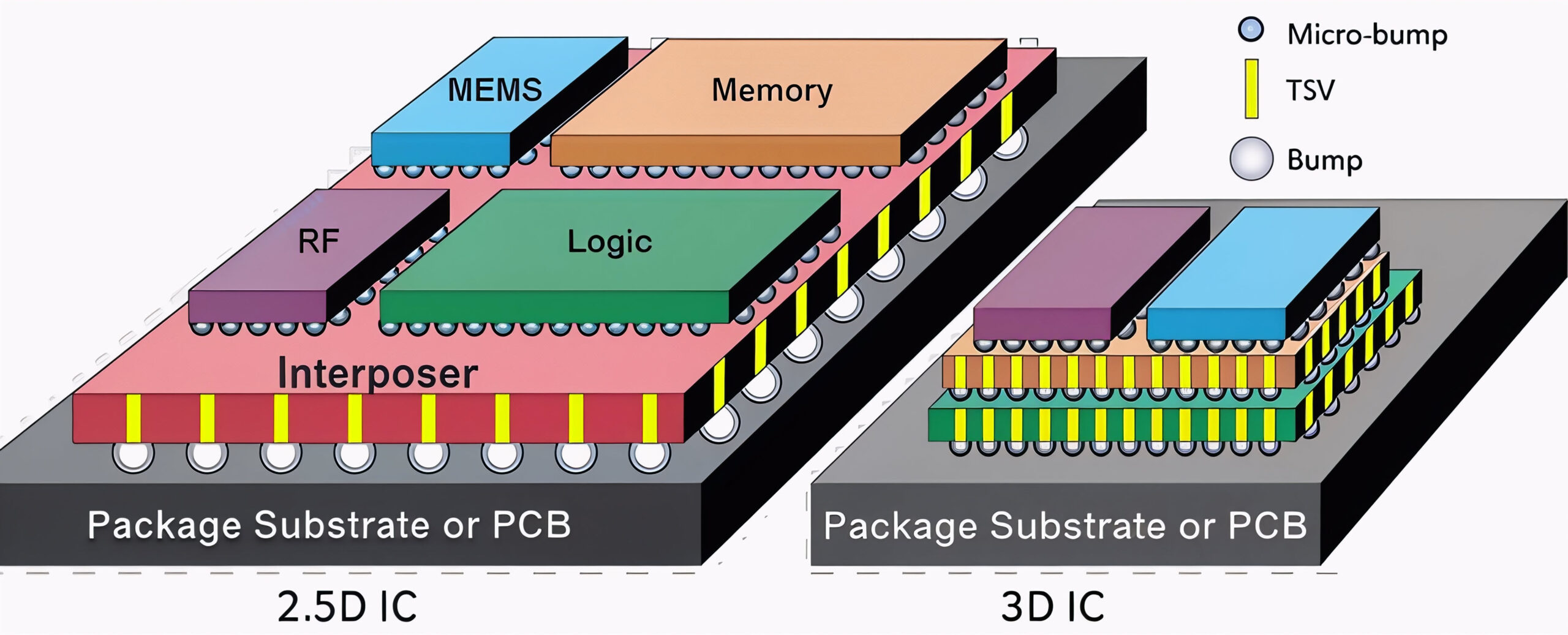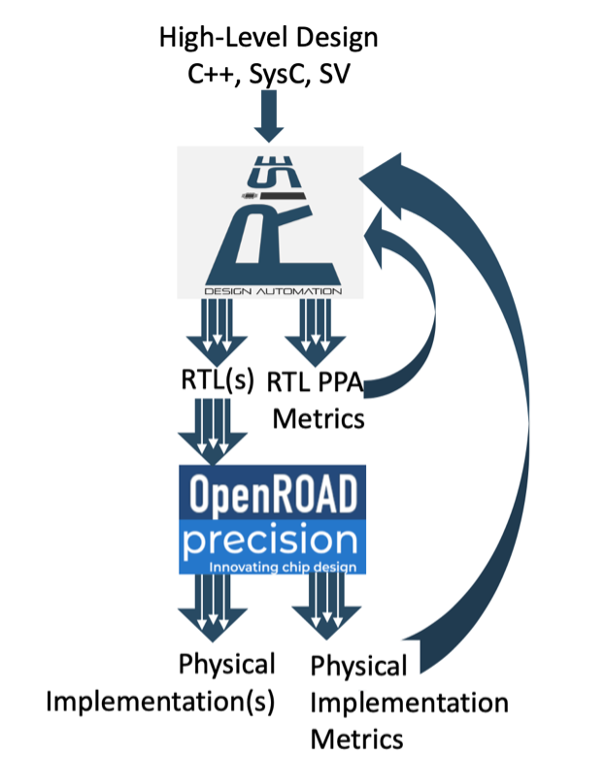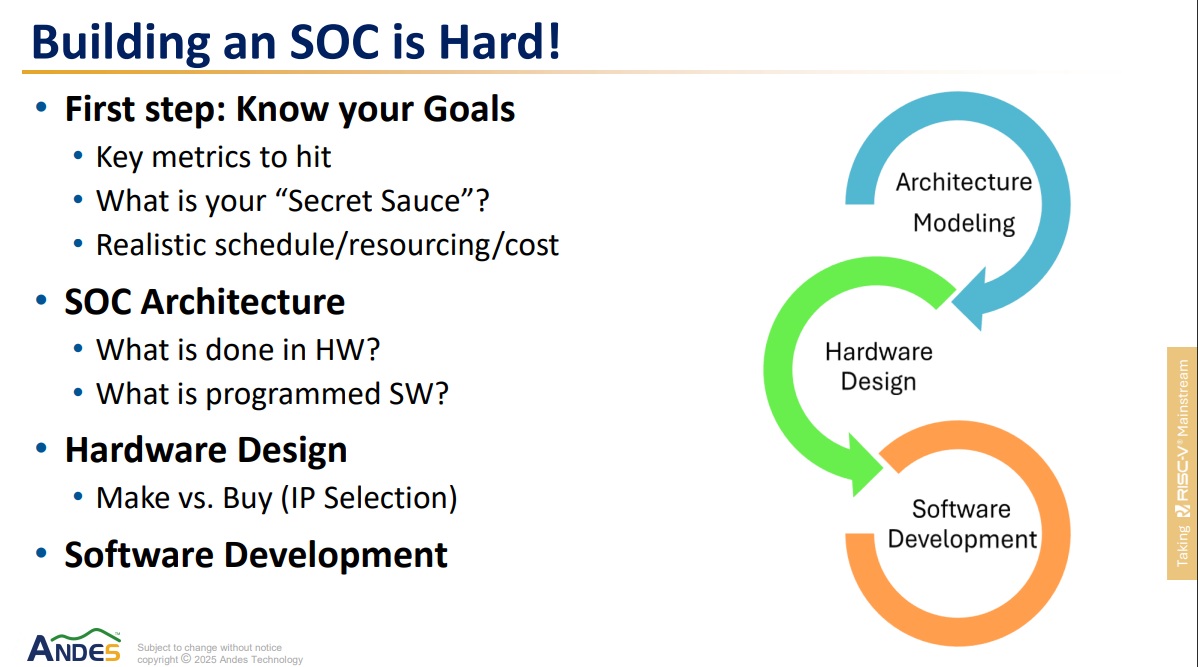Ceva is a very focused company. In its words, the leader in innovative silicon and software IP solutions that enable smart edge products to connect, sense, and infer data more reliably and efficiently. You can see some of its accomplishments here. The company has been licensing IP for more than twenty years with more than 17 billion… Read More
 Cost, Cycle Time, and Carbon aware TCAD Development of new TechnologiesOur good friend Scotten Jones wrote a paper…Read More
Cost, Cycle Time, and Carbon aware TCAD Development of new TechnologiesOur good friend Scotten Jones wrote a paper…Read More 3D ESD verification: Tackling new challenges in advanced IC designBy Dina Medhat Three key takeaways 3D ICs…Read More
3D ESD verification: Tackling new challenges in advanced IC designBy Dina Medhat Three key takeaways 3D ICs…Read More Reimagining Architectural Exploration in the Age of AIThis is not about architecting a full SoC…Read More
Reimagining Architectural Exploration in the Age of AIThis is not about architecting a full SoC…Read MoreLRCX- Mediocre, flattish, long, U shaped bottom- No recovery in sight yet-2025?
– Lam reports another flat quarter & guide- No recovery in sight yet
– Seems like no expectation of recovery until 2025- Mixed results
– DRAM good- NAND weak- Foundry/Logic mixed-Mature weakening
– Clearly disappointing to investors & stock hoping for a chip recovery
Another Flat Quarter &
… Read MoreWEBINAR: The Rise of the DPU
The server and enterprise network boundary has seen complexity explode in recent years. What used to be a simple TCP/IP offload task for network interface cards (NICs) is transforming into full-blown network acceleration using a data processing unit (DPU), able to make decisions based on traffic routes, message content, and… Read More
Podcast EP220: The Impact IQE’s Compound Semiconductors Are Having on the Industry with Dr. Rodney Pelzel
Dan is joined by Dr. Rodney Pelzel, he has over 20 years of experience in the semiconductor industry, with deep expertise in semiconductor materials engineering and the epitaxial growth of compound semiconductors. Dr. Pelzel joined IQE as a Production Engineer in 2000 and is now head of R&D and is tasked with creating unique… Read More
CEO Interview with Clay Johnson of CacheQ Systems
Clay Johnson has decades of executive experience in computing, FPGAs and development flows, including serving as vice president of the Xilinx (now AMD) Spartan Business Unit. He has a vision to enable the next phase of computing.
Tell us about CacheQ.
CacheQ is a little over six years old and we have about 10 people. We focus on application… Read More
Alphawave Semi Bridges from Theory to Reality in Chiplet-Based AI
GenAI, the most talked-about manifestation of AI these days, imposes two tough constraints on a hardware platform. First, it demands massive memory to serve large language model with billions of parameters. Feasible in principle for a processor plus big DRAM off-chip and perhaps for some inference applications but too slow … Read More
Design Stage Verification Gives a Boost for IP Designers
The concept of shift left is getting to be quite well-known. The strategy involves integrating various checks typically performed later in the design process into earlier stages. The main benefit is to catch and correct defects or errors at an earlier stage when it’s easier and faster to address. For complex SoC design, … Read More
Intel High NA Adoption
On Friday April 12th Intel held a press briefing on their adoption of High NA EUV with Intel fellow and director of lithography Mark Phillips.
In 1976 Intel built Fab 4 in Oregon, the first Intel fab outside of California. With the introduction of 300mm Oregon became the only development site for Intel with large manufacturing, development,… Read More
Electronics Turns Positive
Unit shipments of both PCs and smartphones versus a year ago have turned positive. According to IDC, PC shipments in 1Q 2024 were up 1.5% from 1Q 2023, the first positive year-to-year change since 4Q 2021. Smartphone year-to-year growth turned positive in 4Q 2023 at 8.5%. The growth continued in 1Q 2024 at 7.8%. 4Q 2023 was the first… Read More
2024 Outlook with Ben Packman of PQShield
Ben Packman, Senior Vice President at PQShield, leads global expansion through sales and partner growth across multiple vertical markets, alongside taking a lead role in briefing both government and the supply chain on the quantum threat.
Tell us a little bit about yourself and your company.
PQShield is a post-quantum cryptography… Read More












Quantum Computing Technologies and Challenges